A secret key to improved rankings and greater visibility can be found by mastering the art of on-page SEO in the huge digital space of the internet, where millions of websites compete for attention. Online success is mostly dependent on search engine optimization (SEO), and within this complex field, on-page SEO is a key component. In order to rank better and receive more relevant traffic from search engines, optimizing individual web pages is part of a strategic approach, not just a set of tactics.
Definition of On-Page SEO
The process of optimizing content on a website’s individual pages to raise its exposure and search engine rankings is known as “on-page SEO.” On-page SEO concentrates on improving elements within a website, as opposed to off-page SEO, which deals with external signals like backlinks. Among other things, this entails optimizing multimedia components, meta tags, headers, and content.
The final objective is to deliver useful, conveniently accessible, and pertinent content to people as well as search engines.It is impossible to exaggerate the significance of on-page SEO. In a time when people rely on search engines like Google more than ever for information, companies, bloggers, and organizations need to properly optimize their websites. Increased organic traffic from higher search engine ranks equates to greater visibility, credibility, and possible conversions.
Why On-Page SEO is Essential for Higher Rankings?
Search engines are getting more and more advanced. They now try to comprehend the intent behind user inquiries rather than just matching keywords. By matching your content to user intent, on-page SEO makes sure search engines understand how relevant your website is to particular queries. When ranking websites, Google, for example, places a high value on user experience and relevant content. In addition to satisfying search engine algorithms, enhancing on-page components improves the user experience and increases the value that visitors place on your website.
Overview of the Ultimate Guide
This in-depth manual explores the subtleties of on-page SEO, including tips, tactics, and best practices to help you move up the ranks quickly. This guide will give you the knowledge and resources you need to improve the visibility of your website, covering everything from the nuances of keyword research to the craft of content optimization, as well as technical issues like page speed and user experience considerations. So fasten your seatbelts and join us as we delve into the nuances of on-page SEO, uncovering the techniques that can help you get your website to the highly sought-after first page of search engine results.
Key Concepts of On-Page SEO
Content Relevance: Producing useful, educational, and relevant content for the intended audience. Because search engines want to show visitors the most relevant results for their searches, on-page optimization depends heavily on high-quality content.Keyword optimization is the deliberate inclusion of pertinent terms in the content, headers, and meta tags of a website. This makes it easier for search engines to comprehend the page’s subject and match it with user inquiries.
HTML Markup: the appropriate application of title tags, meta descriptions, H2-H6 headings, and H1 major headings in HTML Because these tags give the content structure, search engines can more easily determine the hierarchy and relevancy of the page’s content. URL organization: constructing clear, illustrative URLs that accurately represent the page’s content. In addition to benefiting search engines, a well-structured URL enhances the user experience and click-through rates.
Difference Between On-Page and Off-Page SEO
Off-page SEO entails actions taken outside the website to improve its online authority and reputation, whereas on-page SEO concentrates on optimizing features within the website itself. The following are the two’s main distinctions:
On-Page SEO
- involves improving the HTML elements, content, and structure of websites.
- focuses on offering pertinent content and a smooth user experience.
- ensures the website is mobile-friendly, has a quick load time, and is technically sound.
- depends on the website’s internal linking and keyword optimization.
Off-Page SEO
- involves constructing backlinks from reliable websites in order to raise the authority of the website.
- focuses on online relationships, brand mentions, and social media signals.
- increases the website’s perceived legitimacy and dependability among search engines.
- depends on outside variables such as link-building tactics, influencer outreach, and social media marketing.
Importance of On-Page SEO in the Current Digital Landscape
In the dynamic world of the internet, on-page SEO is essential to a website’s success. This is why it is so important:
Improved User Experience: On-page SEO tactics like quick loading times, intuitive navigation, and mobile friendliness help to make the user experience better. User-friendly websites typically have higher conversion rates and lower bounce rates.
Relevance of Search Engines: In order to give users the greatest possible experience, search engines like Google alter their algorithms on a regular basis. By ensuring that a website complies with these algorithms, on-page SEO increases the likelihood that it will be indexed and appear higher in search results.
Competitive Edge: Investing in efficient on-page SEO strategies increases the likelihood that a website will rank higher than its rivals. In the congested internet marketplace, a website can stand out by optimizing its content, keywords, and technical elements.
Any website owner or digital marketer looking to increase their online presence and draw in organic traffic has to grasp these core on-page SEO concepts.
Keyword Research and Analysis
Importance of Keyword Research in On-Page SEO
Researching keywords is essential to any effective on-page SEO strategy. You may more successfully personalize your material to your target audience’s demands by knowing the terms and phrases they use when searching. Comprehensive keyword research can help you find high-traffic keywords that are pertinent to your content and will help search engines identify your pages as useful resources for particular subjects. Good keyword research gives you insights into user intent, in addition to increasing the exposure of your website. Understanding what people are looking for will help you match your content to their interests, improving the user experience and engagement. Additionally, by conducting keyword research, you may remain ahead of market trends and modify your content strategy to better meet the changing needs of your target audience.
Tools and Techniques for Effective Keyword Research
Effective keyword research is facilitated by a number of tools and methods. For example, Google Keyword Planner offers useful data on the volume and intensity of competition for certain keywords. You may strategize more successfully by knowing the keywords your competitors are ranking for with the help of competition analysis provided by other tools like SEMrush and Ahrefs.
Long-tail keywords, or targeted phrases that people often look for, can also be a treasure trove for your on-page SEO campaigns. Because there is frequently less competition for these keywords, you can more successfully target niche audiences. Methods like customer surveys, brainstorming sessions, and social media conversation tracking can assist in locating long-tail keywords that are relevant and appealing to your target market.
Analyzing Keyword Competition and Relevance
Gaining a higher placement in search engine results requires an understanding of keyword competition. For new websites, it can be difficult to rank first for highly competitive keywords. Therefore, it’s critical to find a balance between keywords with high competitiveness that provide significant traffic and keywords with low competition that have a better chance of ranking.
Analyzing the significance of keywords is also essential. Your chosen keywords need to flow naturally from your content. Not only do irrelevant keywords increase bounce rates, but they also damage your website’s search engine ranking. Make sure that the keywords you target appropriately convey the information that consumers are expecting from your sites by conducting in-depth research.
Content Optimization
Crafting High-Quality, Relevant, and Engaging Content
Producing content that appeals to your audience is one of the core components of on-page SEO. Not only does well-written, pertinent, and captivating content draw in visitors, but it also keeps them on your site longer, lowering bounce rates and raising your search engine rankings. Prioritize giving your viewers something of value when creating content. Recognize the wants, concerns, and questions of your target audience and provide content that meets those needs. To draw in and hold the readers’ interest, conduct in-depth research and provide the material in an engaging, succinct, and clear manner.
Importance of Headings, Subheadings, and Formatting
On-page SEO heavily relies on content structure and arrangement. In addition to improving the visual attractiveness of your material, using headings (H1, H2, H3, etc.) and subheadings effectively enables search engines to comprehend the hierarchy and relevancy of the content. Headings help readers quickly browse through and locate the information they need by segmenting your material into easily readable chunks. Additionally, since headers are valued by search engines, using your target keywords in headings will greatly improve your SEO efforts.
Integrating Keywords Naturally into Content
The cornerstone of on-page SEO is keywords. Find and study pertinent keywords for your content, then organically include them in your writing. Steer clear of keyword stuffing, as it can result in search engine penalties in addition to providing a subpar user experience. Instead, concentrate on strategically inserting keywords into your content’s title, introduction, body, and conclusion. Strive for an equilibrium between readability and efficiency. When done properly, using keywords improves your content’s relevancy and value for search engines as well as users.
Utilizing Multimedia (Images, Videos) for Better Engagement
Multimedia components like photos and videos can greatly increase user engagement and boost on-page SEO. Your pages will seem better with visual material, and it also gives you a chance to optimize for search engines. To avoid sluggish loading times, make sure the photos you use are of the highest quality, pertinent to the content, and appropriately suited for the web.
Use entertaining and educational films to enhance written material and provide value to your readers. To further improve your on-page SEO efforts, optimize multimedia pieces by including descriptive file names, alt text, and captions. These features help search engines comprehend the context and relevancy of the material.
On-Page Technical SEO
The Significance of Mobile Friendliness and Page Speed Page speed is now crucial for both user pleasure and search engine rankings in the digital age of short attention spans and intense competition. Websites that load quickly give users a smooth experience, which lowers bounce rates and raises the possibility that they may convert. Considering the increasing number of people using smartphones and tablets to access the internet, mobile friendliness is equally important. By making sure that your website adjusts to different screen sizes, responsive web design improves the user experience and, as a result, SEO performance.
The Effect of URL Structure on SEO A well-structured URL structure improves user navigation and helps search engines comprehend the content of your website. Both visitors and search engines find it easier to understand the topic of a website with URLs that are clear, short, descriptive, and contain relevant keywords. Keeping long, confusing URLs to a minimum and using hyphens to divide phrases make content more readable for users and improve search engine rankings.
Improving Meta Descriptions and Titles Since meta titles and descriptions are the first things users see in search engine results, getting clicks on them is essential. Create catchy, succinct meta titles that appropriately sum up the information on the page to increase click-through rates. In a similar vein, meta descriptions offer a chance to draw visitors in by giving a succinct overview of the content of the page. Including pertinent keywords organically into these components while maintaining their distinctiveness on various pages reinforces your on-page SEO approach and raises your profile in search results.
Header tags (H1, H2, H3, etc.) are important. Header tags—H1, H2, H3, and so on—are essential for organizing your content so that search engines and users can understand it. These tags facilitate readers’ navigation and comprehension of the content by segmenting it into easily readable chunks. Header tags help search engines understand the content’s hierarchical structure. They give priority to H1 tags for main headers and progressively less weight to the following tags for subheadings. Header tags with pertinent keywords increase the relevancy and possibility for higher rankings of your content by giving search engines useful context.
On-Page SEO Best Practices
Avoiding Common On-Page SEO Mistakes
Avoiding typical traps that can impair the functionality of your website is essential for successful on-page SEO. Keyword stuffing, unrelated material, and overuse of images that slow down your website are a few faults to be wary of. You can maintain the usability and search engine optimization of your website by avoiding these mistakes.
Ensuring Proper Internal Linking
Building internal links is essential to improving SEO and the user experience. You may encourage users to explore more material on your website and boost engagement and conversion rates by providing links to pertinent sites. Furthermore, search engines can comprehend the structure of your website more fully, which can enhance indexation and ranking.
Importance of External Linking to Authority Sites
The legitimacy of your website is increased by external links to reliable websites. By including links to reliable sources in your material, you build audience trust and give your readers useful context. Additionally, these links are regarded by search engines as an indication of quality, which could raise the position of your website in search results.
Optimizing Images for SEO and User Experience
Although they have a big influence on user engagement, images might negatively affect the functionality of your website. Selecting the right file format, adding insightful alt text, and compressing photos without sacrificing quality are all part of optimizing photographs. By doing this, you may enhance your website’s loading speed and increase its accessibility for people with impairments. Moreover, alt text is indexed by search engines and helps them interpret image information, which improves your SEO efforts in general.
Advanced On-Page SEO Strategies
Schema Markup and Its Impact on Search Results
Schema markup is an effective technique that improves search engines’ comprehension of the material on your website. You can give search engines context about the material on your web pages and allow them to display rich snippets in search results by adding particular structured data to your pages. Rich snippets can contain a wealth of extra data, including ratings, reviews, events, and much more. By giving consumers additional information before they even visit your website, using schema markup increases click-through rates and makes your website more visible in search results.
Featured Snippets Optimization for Voice Search
The importance of optimizing for highlighted snippets has increased with the development of voice search tools. The best option for voice search responses is featured snippets, which are succinct responses that appear at the top of search results. Ensure that your responses to frequently asked queries about your content are succinct and understandable in order to optimize for highlighted snippets. The more directly your content responds to these questions, the more likely it is to be noticed and, eventually, bring in more natural visitors to your website.
Local SEO Techniques for Businesses with Physical Locations
Local SEO is crucial for companies that operate in certain regions. Your presence in local search results can be greatly increased by optimizing your on-page features for local search. This entails enhancing your Google My Business listing, making sure that the NAP (name, address, and phone number) is accurate on all channels, and promoting client testimonials. Furthermore, you may increase the likelihood that your content and metadata will show up in local search results by organically incorporating location-specific keywords, particularly for visitors who are searching “near me.”
SEO for E-Commerce Websites: Product Page Optimization
E-commerce websites frequently feature multiple product pages, each with a separate offering of goods or services. For these product pages to draw in potential buyers, optimization is crucial. Make an effort to use high-quality photos, optimize product titles and meta descriptions with pertinent keywords, and write distinctive and captivating product descriptions. Using user-generated material, like reviews and ratings, benefits your SEO efforts in addition to giving prospective customers useful information. Additionally, optimizing your e-commerce website for optimal user experience—that is, quick loading speeds and simple navigation—can have a big impact on search engine results.
Conclusion
Adopting a mixed-use strategy becomes crucial in the evolving field of on-page SEO. Websites may maximize their impact on search rankings by skillfully combining keyword optimization, engaging content, and an excellent user experience. Creating links strategically, balancing technical skills, and producing captivating multimedia are all part
[FAQ]
How can I optimize my content for On-Page SEO?
To optimize content, focus on keyword research, use relevant keywords naturally within the text, maintain a clear and engaging writing style, and structure content with headers and subheadings.
How can I monitor the effectiveness of my On-Page SEO efforts?
You can monitor your On-Page SEO using tools like Google Analytics and Google Search Console. These tools provide data on website traffic, keywords, click-through rates, and other performance metrics.
How long does it take to see results from On-Page SEO efforts?
The time it takes to see results from On-Page SEO can vary based on factors like competition, the quality of your optimizations, and the authority of your website. Typically, it may take a few weeks to several months to see significant improvements in search rankings.
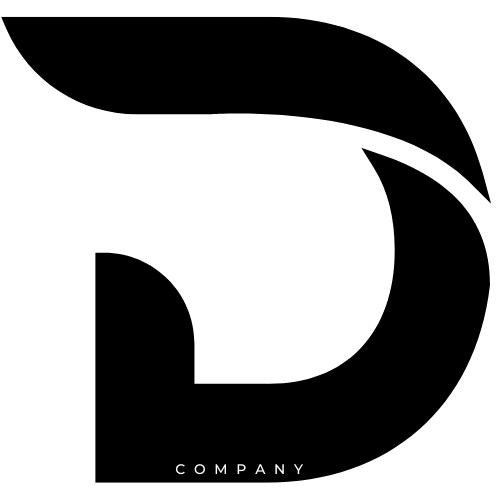
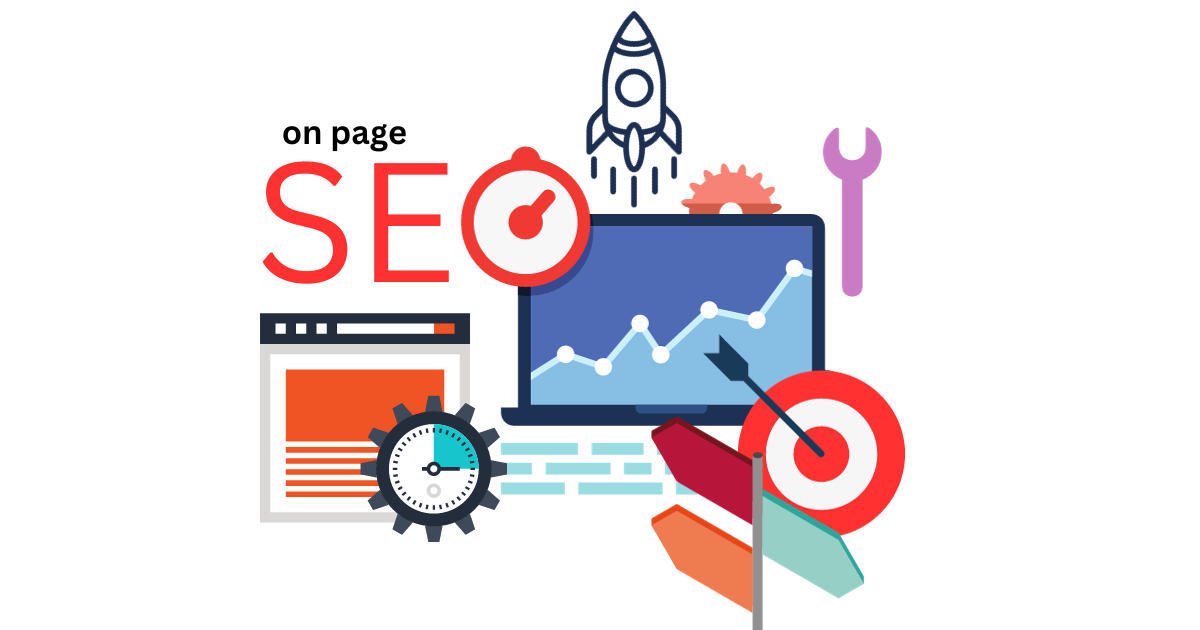
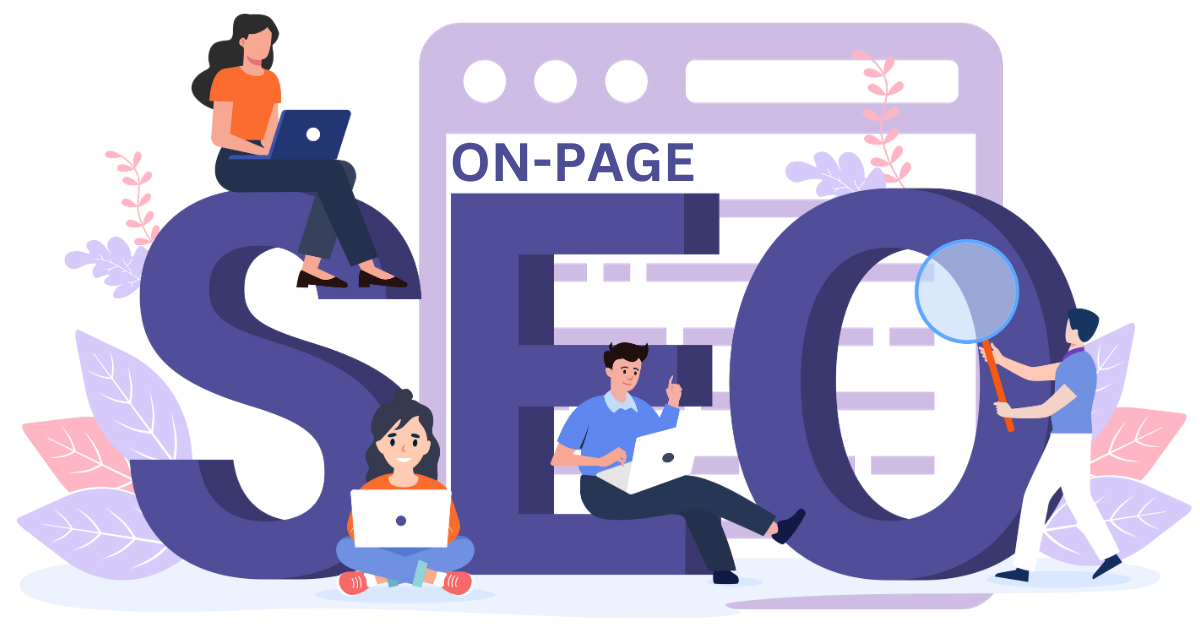
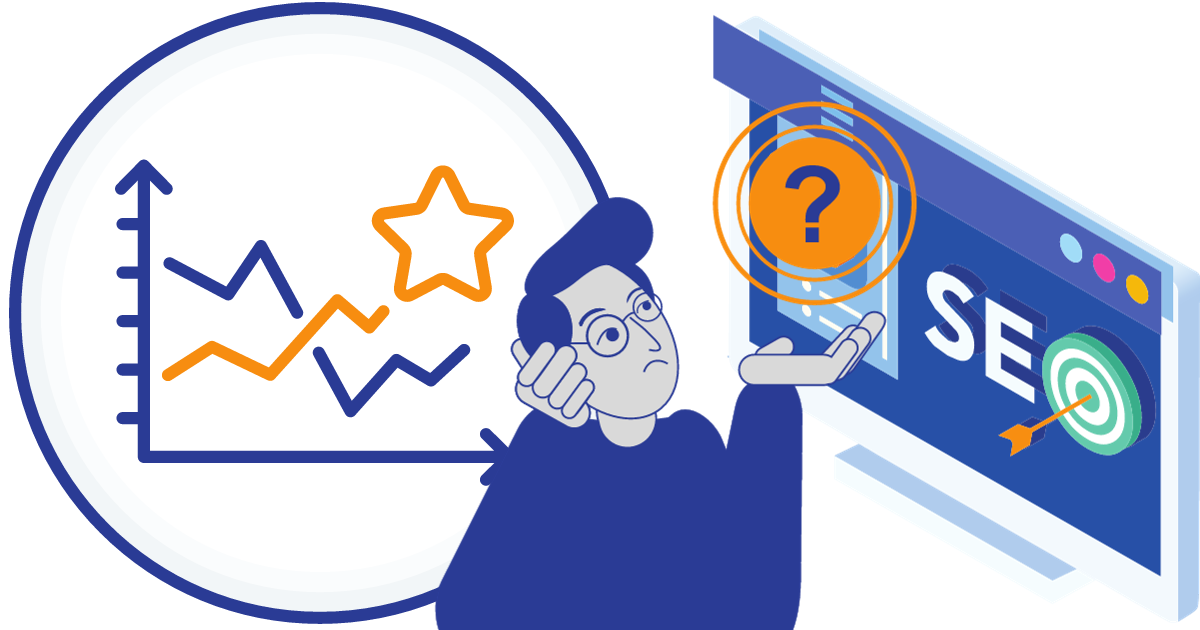
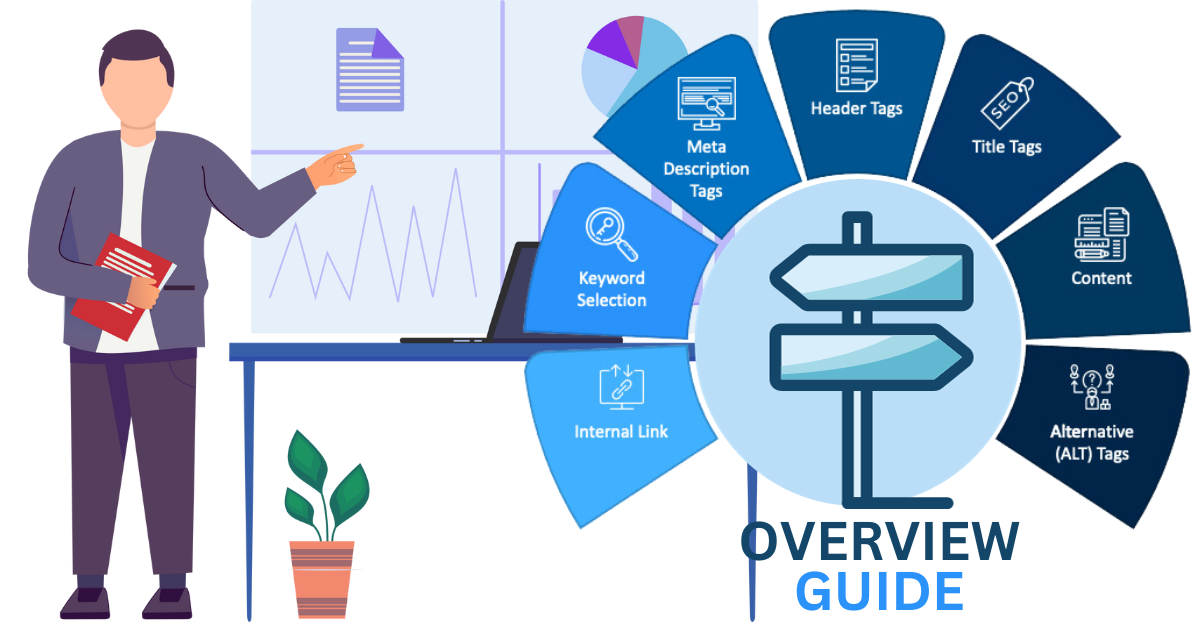

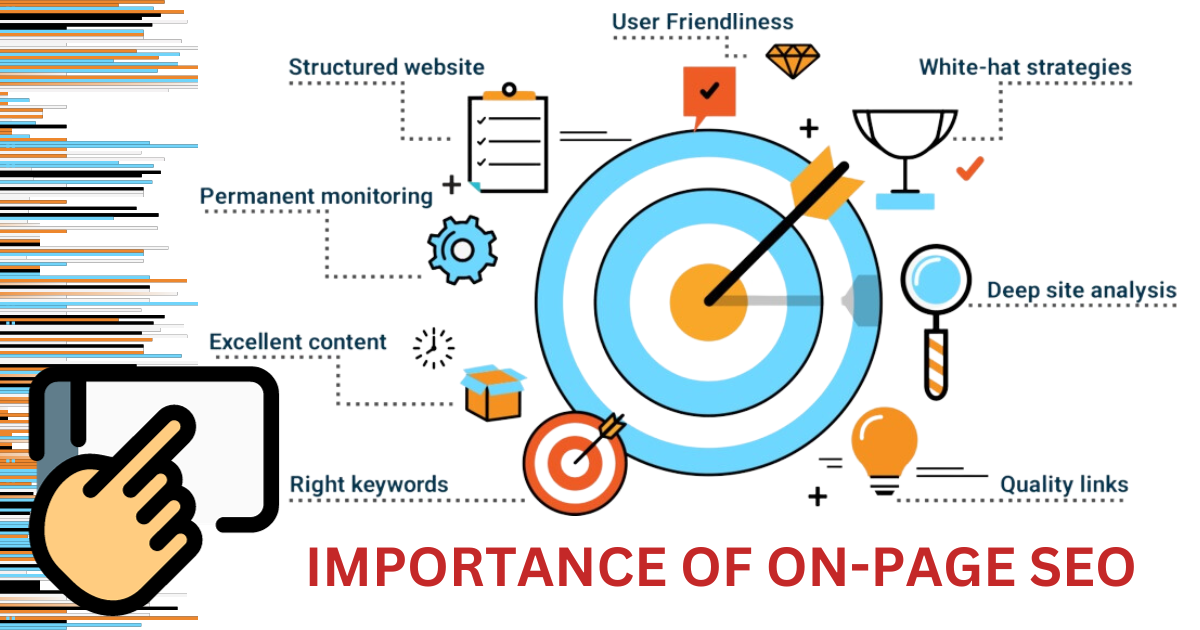
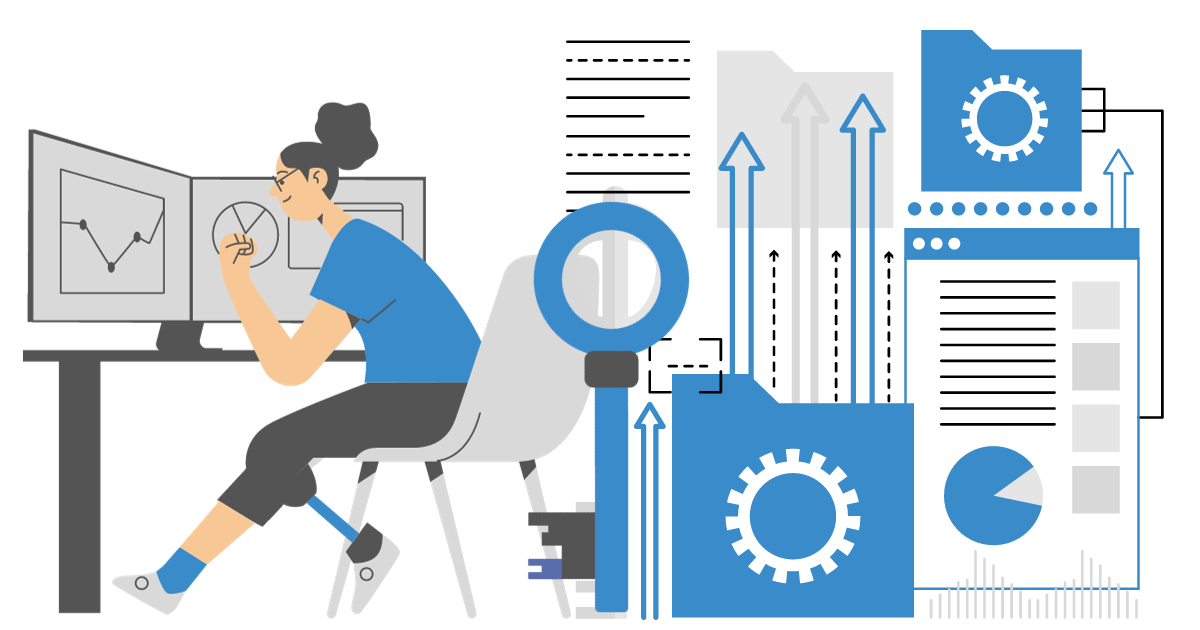

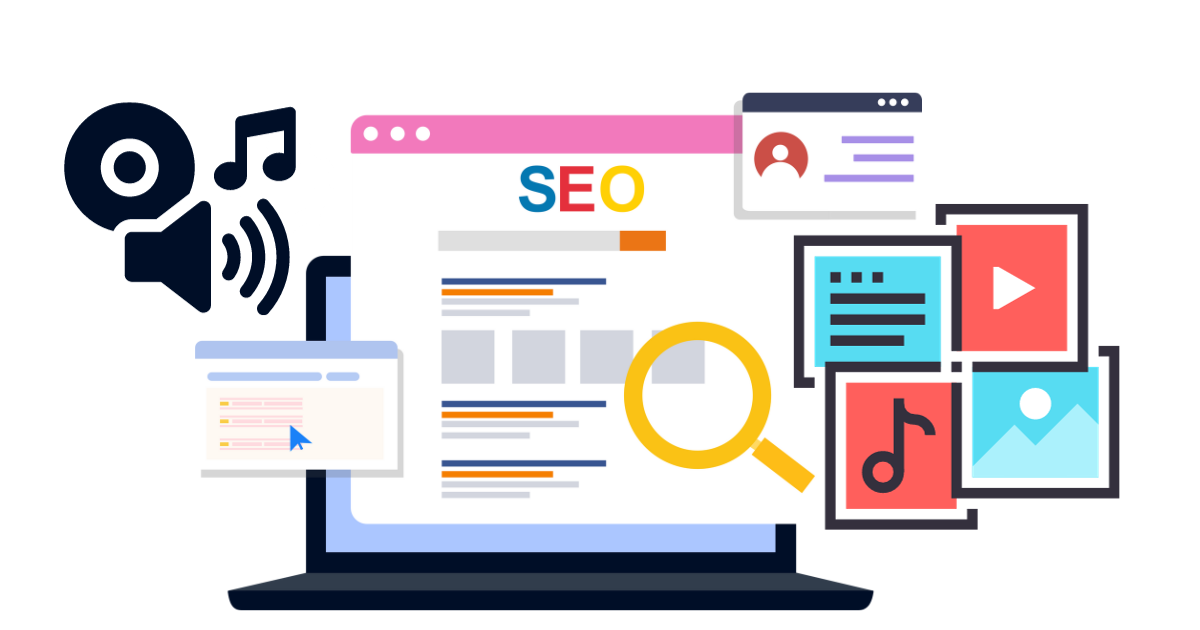
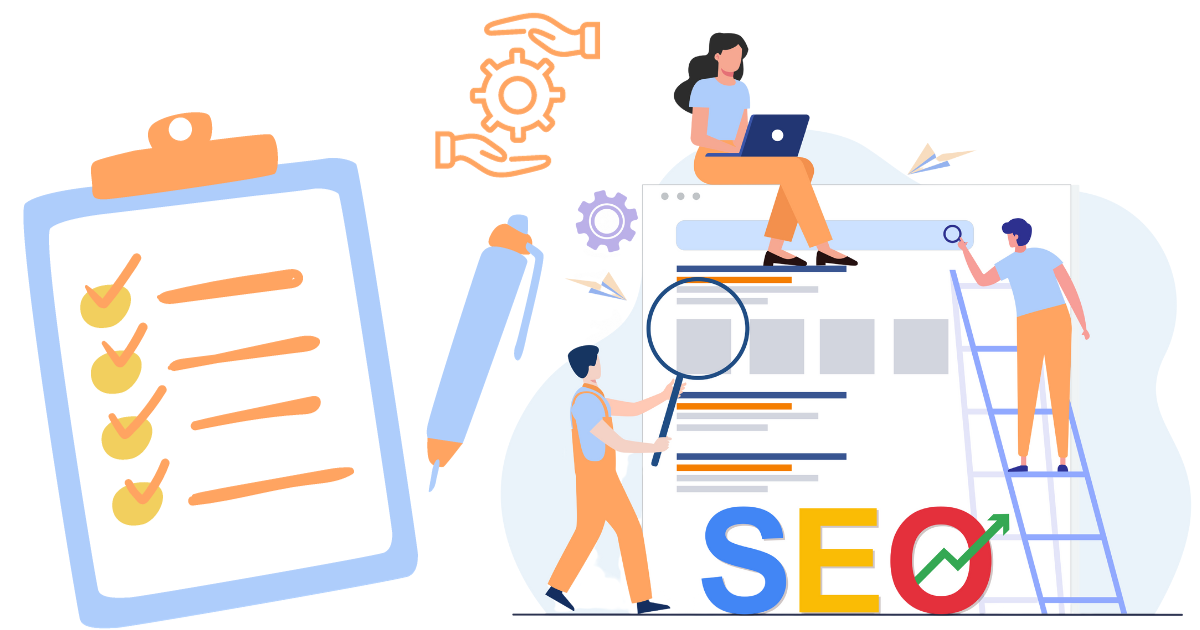
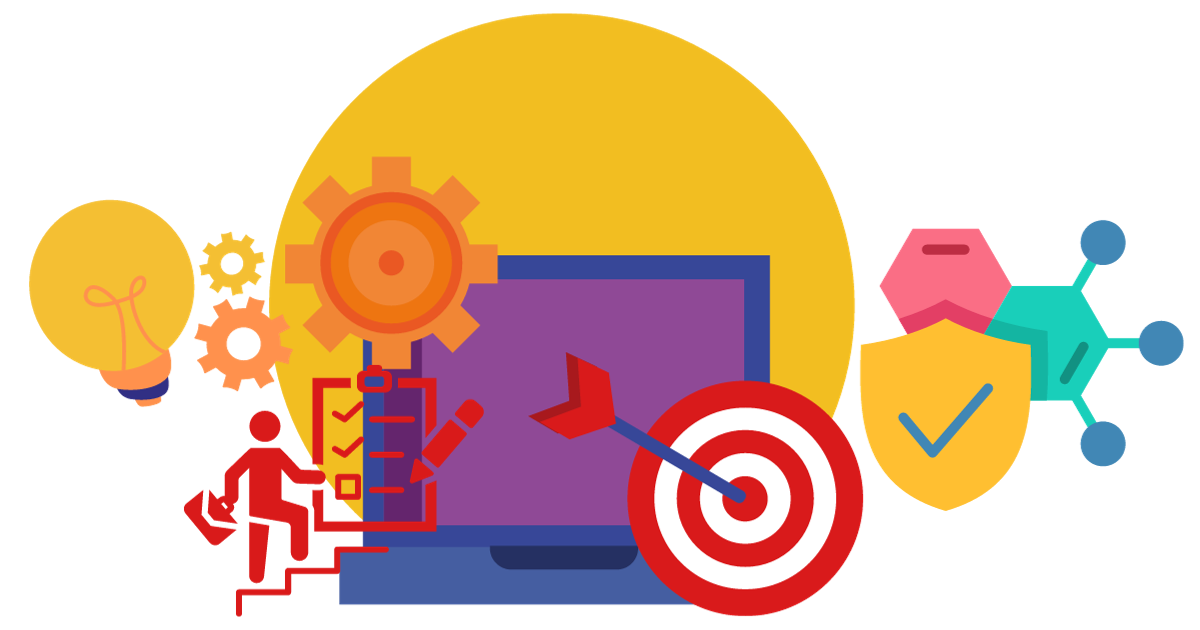
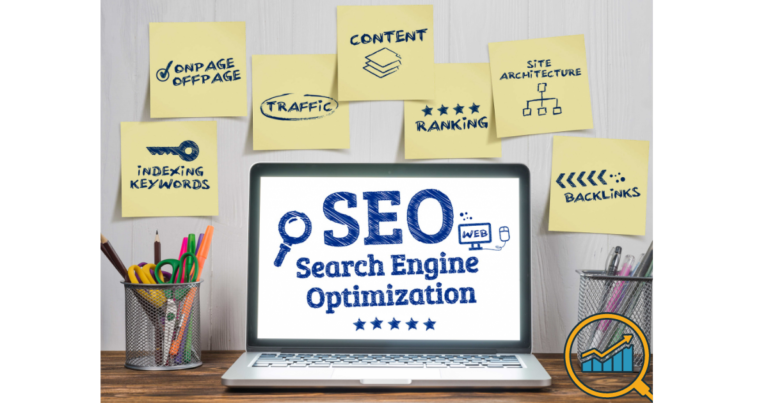

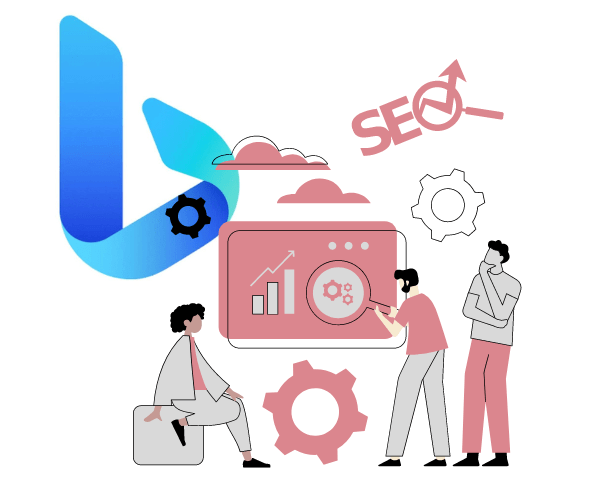
I am not sure where you’re getting your information, but good topic.
Thank you for your comment